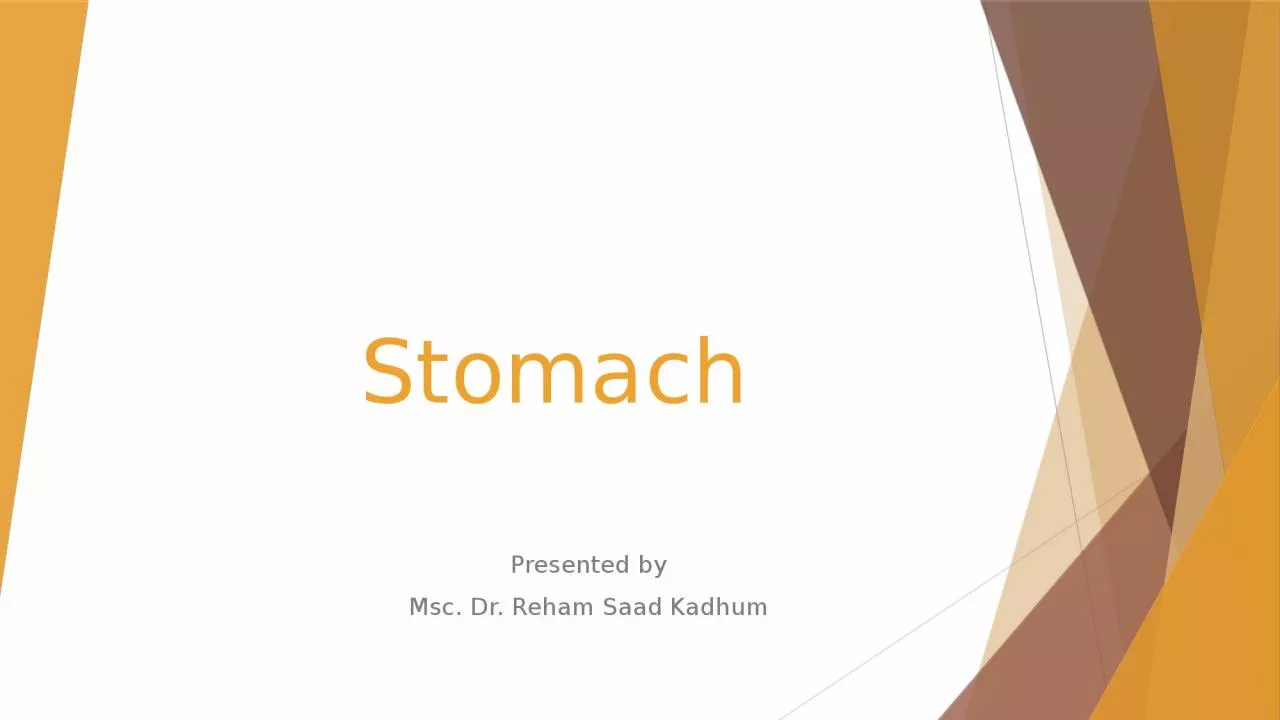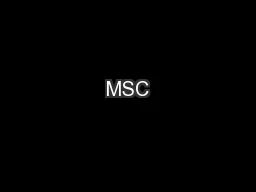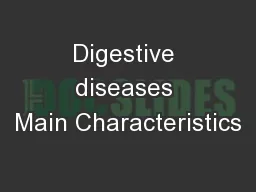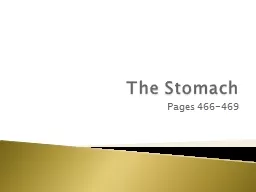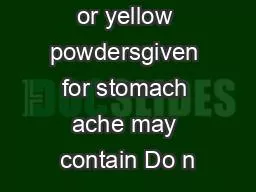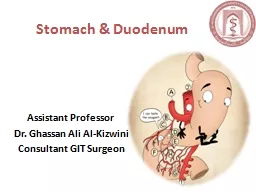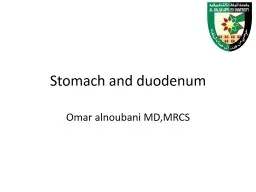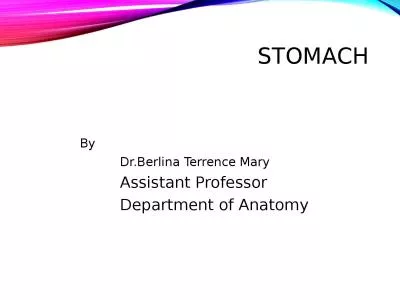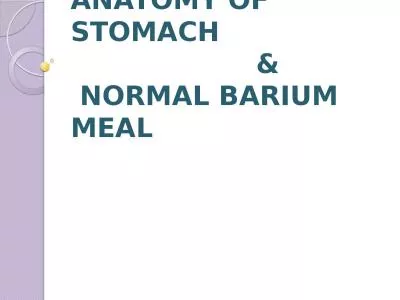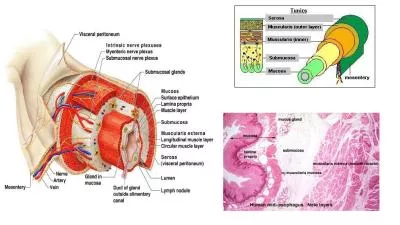PPT-Stomach Presented by Msc
Author : bery | Published Date : 2024-01-03
Dr Reham Saad Kadhum Gastrointestinal Tract Esophagus Abdominal Portion The esophagus is a muscular collapsible tube about 10 in 25 cm long that joins the
Presentation Embed Code
Download Presentation
Download Presentation The PPT/PDF document "Stomach Presented by Msc" is the property of its rightful owner. Permission is granted to download and print the materials on this website for personal, non-commercial use only, and to display it on your personal computer provided you do not modify the materials and that you retain all copyright notices contained in the materials. By downloading content from our website, you accept the terms of this agreement.
Stomach Presented by Msc: Transcript
Download Rules Of Document
"Stomach Presented by Msc"The content belongs to its owner. You may download and print it for personal use, without modification, and keep all copyright notices. By downloading, you agree to these terms.
Related Documents

